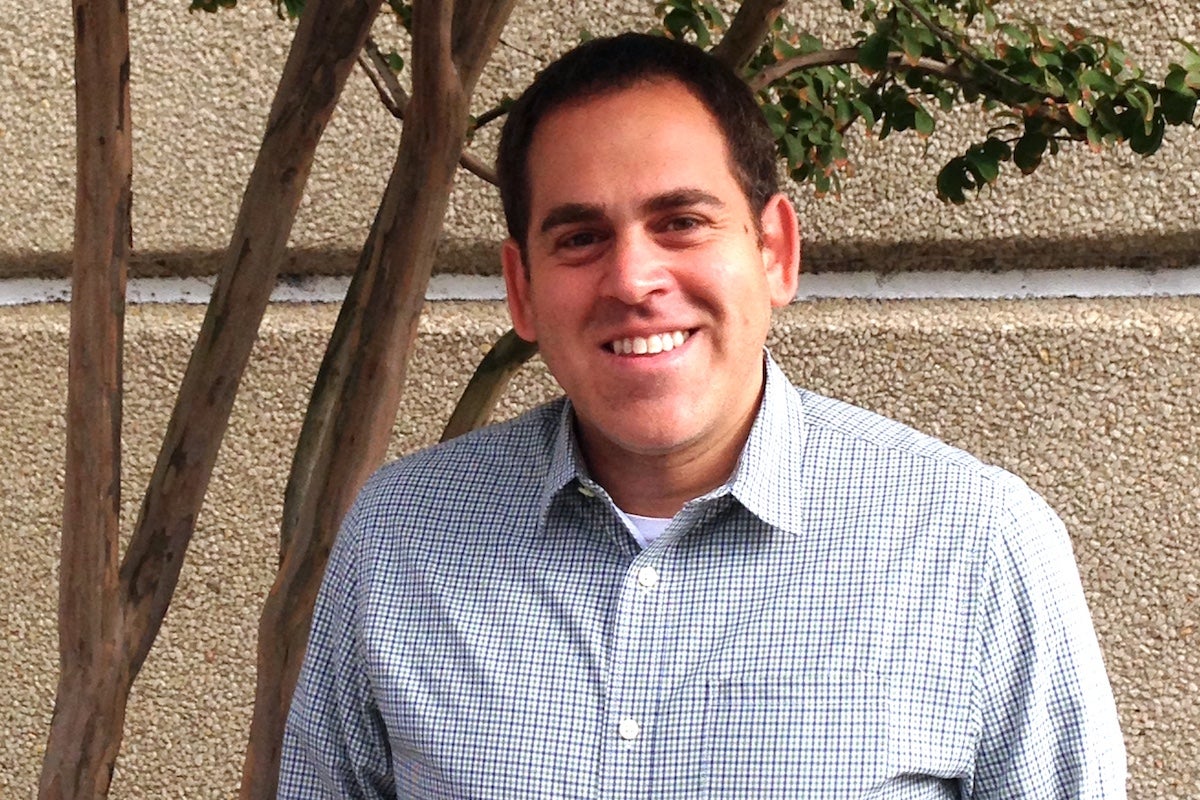KINGSTON, R.I. — Jan. 8, 2024 — Racial disparities in health and health care throughout the lifespan are pervasive and well-documented, and culminate in a life expectancy for Black people that is about four years shorter than for white people. One major health issue impacted by racial disparities is obesity, one of the most significant public health concerns affecting the United States and the global population.
And it’s not just health disparities faced by those in minority groups, but disparities related to geography, according to University of Rhode Island research published in the journal Obesity Science and Practice.
Associate Professor of Health Studies Steven Cohen’s latest study examines rural/urban health disparities, which are increasingly being recognized as critical issues in population health. Rural/urban health disparities include differences in health care, health behaviors and health status, Cohen said. Residents in rural areas have less access to health care services than people in urban areas, tend to be less physically active, and have higher rates of obesity. That adds up to poorer overall general health, higher rates of type 2 diabetes, and, ultimately, increased mortality than urban populations.
“There’s been research that suggests a rural mortality penalty, the idea being that there are disparities in a number of different health outcomes, obesity being one on the forefront these days,” Cohen said. “Those differences are not uniform around the United States; where you live impacts your health.”
Facing both racial and geographic disparities disproportionally affects people of color. Cohen examined health data from multiple regions of the United States, and further broke the data down to rural and urban areas within those regions. Studies have found black/white differences in obesity prevalence is significantly higher—up to 30%—in rural than in the urban areas in most regions. That is in addition to the racial disparities that already exist. For example, the prevalence of obesity among non-Hispanic Black women (57%) was substantially higher than that among non-Hispanic white women (40%). Another study examining racial disparities in a major U.S. city found that the magnitude of black/white health disparities decreased once the analysis controlled for the social environment, suggesting that geographic location, in addition to race, is driving health disparities.
While there were some differences in disparities between urban and rural areas in some regions—in the Northeast, for example the disparities were bigger in the urban areas—in most cases, rural areas face far greater racial health disparities, a surprising finding to some.
“We’re examining why are we seeing this sort of exact opposite than we would expect, and why are there differences,” Cohen said. “Part of it is with those features we associate with rural areas—less crowding, more room to grow fresh food, better mental health, less pollution—come with things like a lack of infrastructure, especially for health care. There is more agriculture and open space in rural areas, but we found people tend to do less physical activity. Green space isn’t necessarily safe space for walking, jogging, recreation. A lot of that green space is inaccessible agriculture space. They grow the food there, but then ship it elsewhere.”
Cohen is looking to find the reasons for such disparities to help find solutions. It is difficult to pin down any one factor, he said, however, systemic racism plays a major role. It is no secret that racial minorities face hardships in accessing services, which not only prevents treatment of existing conditions, but can also cause more chronic stress. That stress can lead to people engaging in less healthy behaviors, like binge eating and excessive drinking. Stress also raises cortisol levels in the body, changing the way the body metabolizes food, often leading to weight gain.
“From a research perspective, we really need to understand why this is happening. We can frame it as cultural, systemic racism, social determinants, but I feel like we know a lot of this now,” Cohen said. “We see disparities everywhere, especially racial disparities. So what are some of the things we can start to do to actually start acting?”
Finding potential solutions is a challenge, as it has been with racial disparities throughout the country’s history. Making people more aware of the depth of the problem and why they should care about it is the first step,” Cohen said.
“This is an issue that people who want to know about it are well aware of, but people who don’t want to know maybe don’t care, don’t have empathy. People have to be aware of this. We have to advocate,” Cohen said. “It’s ultimately the government’s job to protect their citizens against inequities and inequalities; but it has to come from the people who need to be aware of these things and advocate in their own communities to address them. Having a 50% obesity rate in some regions is a premature death sentence for millions of people living there. So we have to figure out what is it causing this and address those things.”

